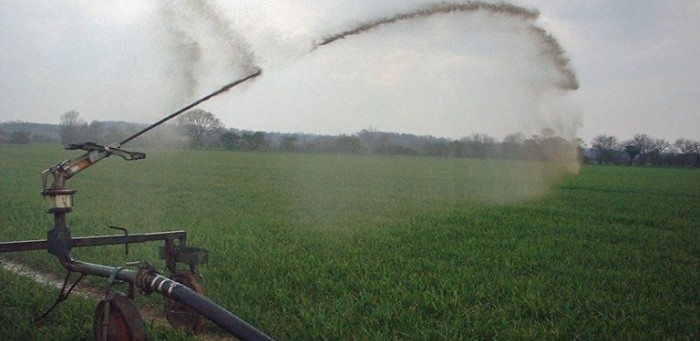NPA policy services officer Lizzie Wilson sets out some of the regulatory implications for pig producers of the Government’s Clean Air Strategy.

I recently participated in a government update on the Clean Air Strategy, something which the NPA have been following closely and that has the potential to significantly impact the pig sector.
Ammonia is a primary priority for the government not least because of its effect on human health, and as UK agriculture is responsible for 88% of emissions, we know that change is coming.
Defra made it clear that, according to the scenario analysis work they’ve conducted, we will need to take substantial action to meet the legally binding Clean Air Strategy 2030 target of a 16% reduction in ammonia emissions (vs 2005), and even then, it will not be enough for some sensitive habitats. Particularly if you consider that 85% of English SSSIs receive nitrogen at levels that risk biodiversity loss (for at least one feature).
Livestock housing and manure application are the most significant sources of ammonia with emissions of 27% and 26% respectively, according to 2018 data. However pigs are only responsible for 8% of emissions in comparison to the cattle and poultry sectors, which are responsible for 48% and 16% respectively.
The Clean Air Strategy objectives are to reduce emissions from fertiliser use, extend Environmental Permitting Regulations to dairy and intensive beef sectors by 2025, introduce mandatory design standards for new livestock housing for pigs, poultry, dairy and indoor beef and enforce low emissions spreading and rapid incorporation of manure by 2025 and covers for all slurry and digestate by 2027.
So what has Defra got planned?
They outlined further support for investment including the Sustainable Farm Incentive pilot which will include nutrient management measures such as rapid incorporation of manure and low emission slurry spreading.
The Sustainable Farm Infrastructure and Equipment Fund will also be accessible and will include slurry management measures from September 2021 – both NPA and AHDB submitted a variety of suggested elements for inclusion.
And then, of course, the Slurry Investment Scheme (SIS), the one awaited with most anticipation for the pig sector and which will be developed through co-design with industry stakeholders. That will hopefully be delivered with funding available by late summer/autumn 2022.
If you’d like to be involved in the expert co-design development group, it is due to start shortly so please get in contact via the email address ffcpcodesign@defra.gov.uk.
The SIS will focus on slurry only (not FYM) and will be a multi-year scheme, which will run for a minimum of three years, although Defra would like it to continue for much longer.
With regard to regulations, Defra will be implementing its chosen approach on urea following the earlier consultation and will be issuing a consultation on measures to reduce emissions from slurry and digestate spreading, which will focus on low emission spreading & incorporation of manure and slurry store covers. We have already started to feed into that.
The consultation is likely to propose low, medium and high ambition approaches including injection, incorporation of muck and slurry within four hours and all stores to be fitted with impermeable covers (where practical), covering of muck heaps and scrubbers.
Environmental Permitting for dairy and beef will also be introduced with policy development to start next year (watch this space!). The mandatory standards for new livestock housing are to follow, too.




